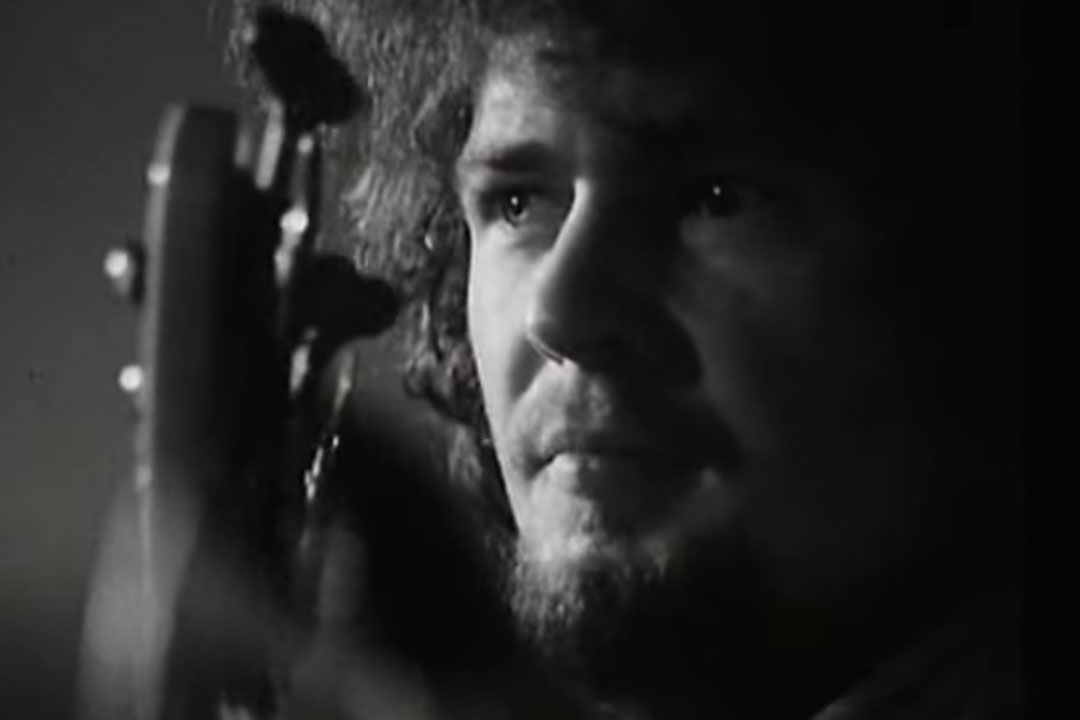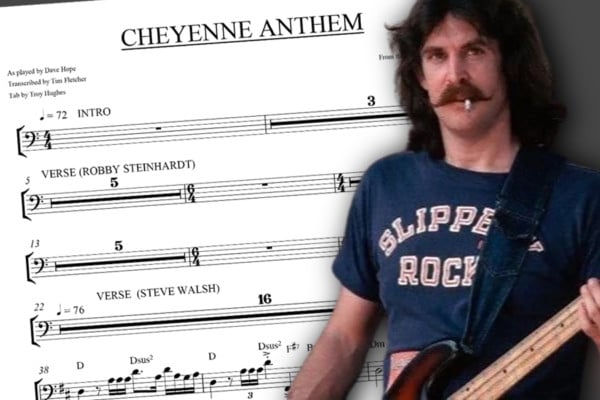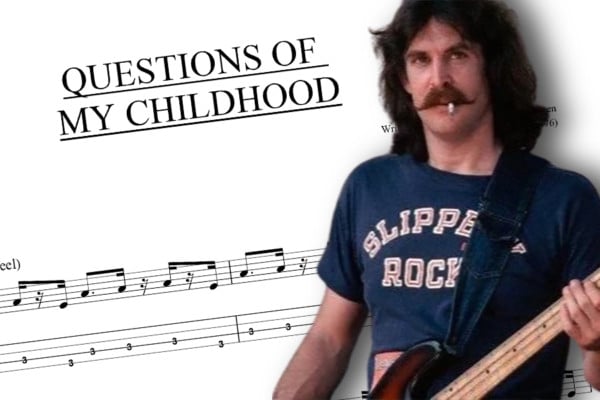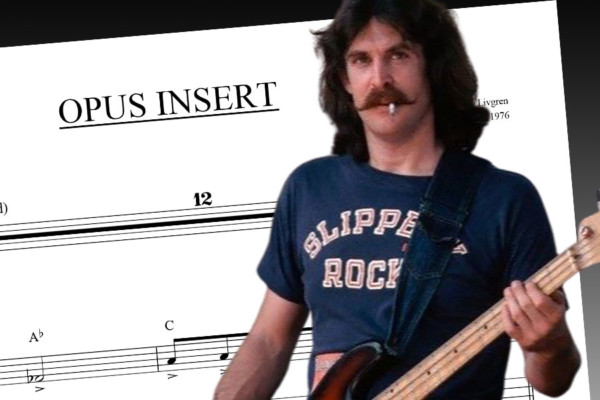Bass Transcription: Danny McCulloch’s Bass Line on The Animals’ “Monterey”

Continuing the theme of British bassists from 1968, this time I’m looking at Danny McCulloch’s bass line on “Monterey” by The Animals. This band formed in the gritty northern English city of Newcastle in 1960, and were one of the edgier sounding bands associated with the “British Invasion” of the U.S. pop charts by the middle of the decade. Their music was rooted in the sound of rhythm and blues artists like Muddy Waters, John Lee Hooker and Ray Charles, and their performances were perhaps more aggressive and powerful than some of their contemporaries. Their early hits included “House of the Rising Sun”, “Don’t Let Me Be Misunderstood” and also “We Gotta Get Out of This Place” that featured a great bass line from Chas Chandler – later to produce and manage Jimi Hendrix.
The early line-up was not to last, and in 1966 vocalist Eric Burdon formed a new band with London-based guitarists John Wieder and Vic Briggs, and bassist McCulloch. The music scene had changed by this point, and the influence of more “trippy” bands such as The Beatles, Pink Floyd and Hendrix in the UK, and Jefferson Airplane, Santana and The Byrds in the USA, led Burdon to develop a more psychedelic sound. Now based in California, the new line-up of The Animals played at the legendary 1967 Monterey festival, and the song Burdon wrote to commemorate the event – “Monterey” – captures the vibe of the event and namechecks many of the other artists who also appeared. This line-up lasted until 1968 and when Vic Briggs (who plays the very sitar-like solo on “Monterey”) left the band, he was replaced by Andy Summers from the recently defunct Dantalion’s Chariot, who was later a member of The Police.
The bass line itself begins with an intro built from a variety of ideas including hammer-ons and minor runs, and then McCulloch’s bass-line settles into an ostinato figure behind the main chords (Am and Bm, suggesting the dorian mode – a staple of psychedelia) in the main verse sections, the middle section (where Burdon lists the other acts at the festival) and behind the guitar solos. Roots and fifths are used over the chorus chords (F and E), with a pleasing hemiola idea over the E. There are also short improvised runs in places, but McCulloch starts to stretch out his melodic skills more openly behind the guitar solo, with a flowing, quaver-based line that weaves around the guitar.
When the vocal returns, the soloistic approach continues for a few bars and although this could be an error, it seems to add to the more “trippy” nature of the song. After another verse and chorus, and a breakdown section a little like the intro, McCulloch returns to the more melodic approach, beginning with a gradually rising scalar line (note how the F? from the dorian mode is avoided), that leads to a more improvisational melodic line. Although mainly using quavers, the intensity develops with some semi-quavers at bars 148-9. After this, McCulloch reverts to quavers and uses some more hemiola effects to enhance the largely minor pentatonic ideas.
It is perhaps realistic to assume much of the more melodic sections were improvised, and this also adds to the more open and psychedelic feel of the music. The unusual structure of the song also helps to enhance the nature of the music, with one-off sections and breakdowns interspersing the more riffy and repetitive components. The use of a sitar-like guitar solo also helps to create a more mystical sound that was common in bands such as The Byrds and The Beatles during this period. McCulloch’s style here is perhaps similar to that of Jack Casady of Jefferson Airplane, and they both favoured semi-acoustic basses, as did Chris Hillman of The Byrds; McCulloch played a Vox Sidewinder IV bass, Casady used a Gibson Les Paul Signature bass, and Hillman a Guild Starfire.
Follow along with the track and the transcription:


